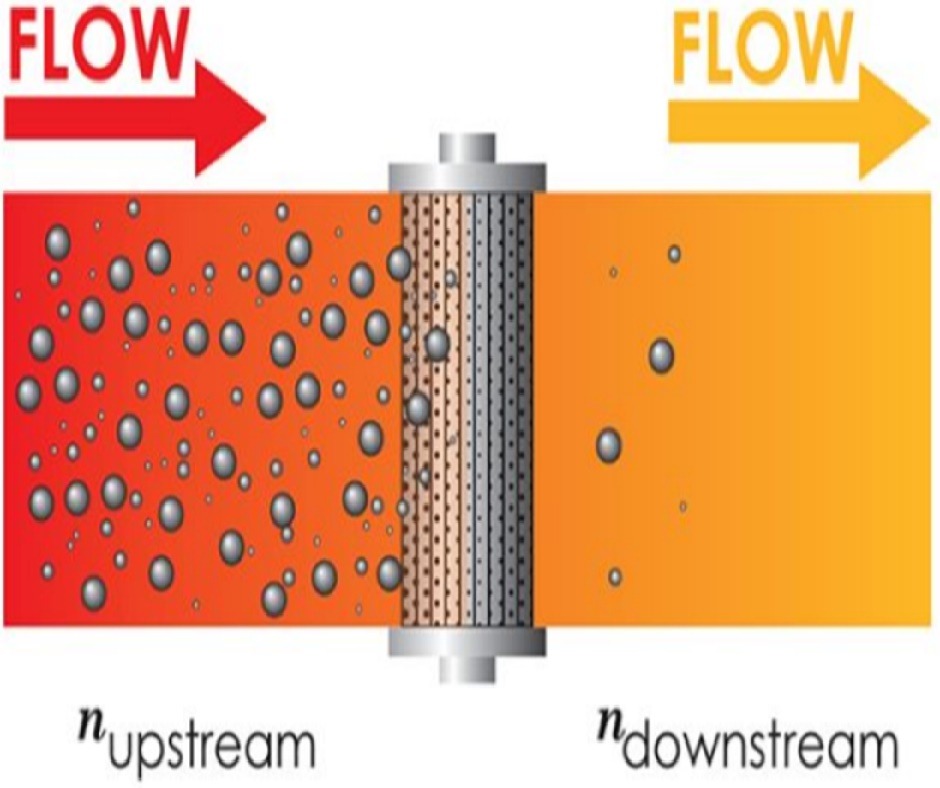Home » Blog » Oil Quality » Beta Ratio: The true litmus test for your Oil Filtration Systems

Similarly, if a 10 micron filter has 2,00,000 particles downstream, instead of 20,000, the 𝛃 Ratio would be 90%, a substantial difference from 99% in the illustrated example. The Table Below (by Machinery Lubrication) is a simple illustration of the 𝛃 Ratios and Their associated Efficiencies.

Leave a Reply
Latest Posts
Complete Diesel Generator Troubleshooting Guide with Steps, Tools & Tips
Diesel Engine Troubleshooting Complete Guide to Identifying and Fixing Common Issues
Cold Stack Engine Inspection for EMD 16-645-E8 After 10 Years of Inactivity onboard offshore rig
Resolving Overvoltage Issue in CAT 3512C Emergency Generator on Jack up drilling rig
Neptunus Power Plant Services Pvt. Ltd.
India
Neptunus Main Office
A 554/555, TTC Industrial Area,
MIDC Mahape, Navi Mumbai,
Maharashtra 400710, India.
UAE
Neptunus Global Trading (NGT)
Ras Al Khaimah Economic Zone,
RAKEZ Al Mamourah Street,
Ras Al-Khaimah, UAE.
France
dataVIB Impédance
80 Dom. de Montvoisin,
91400 Gometz-la-Ville,
France.